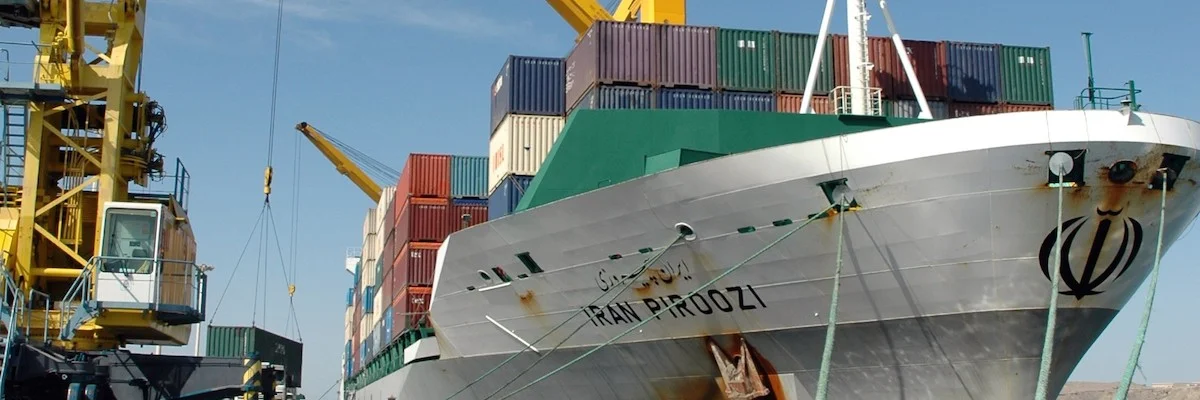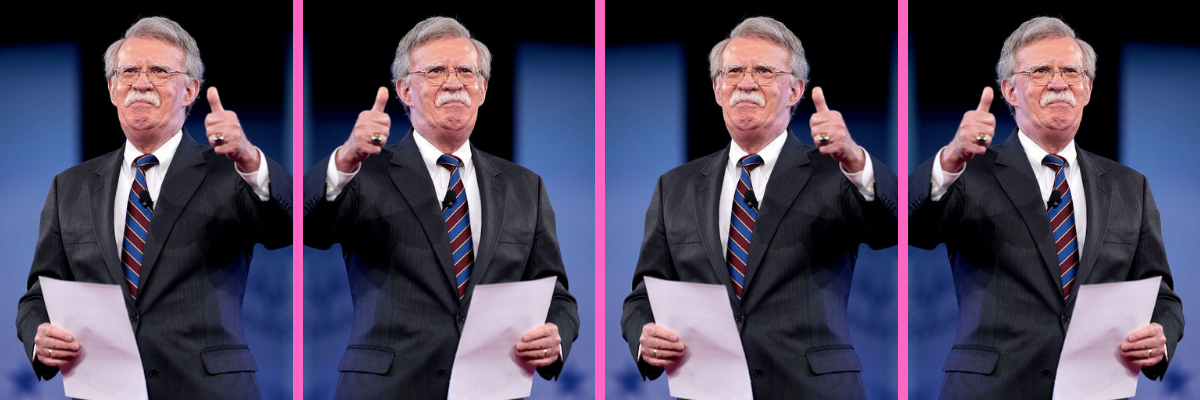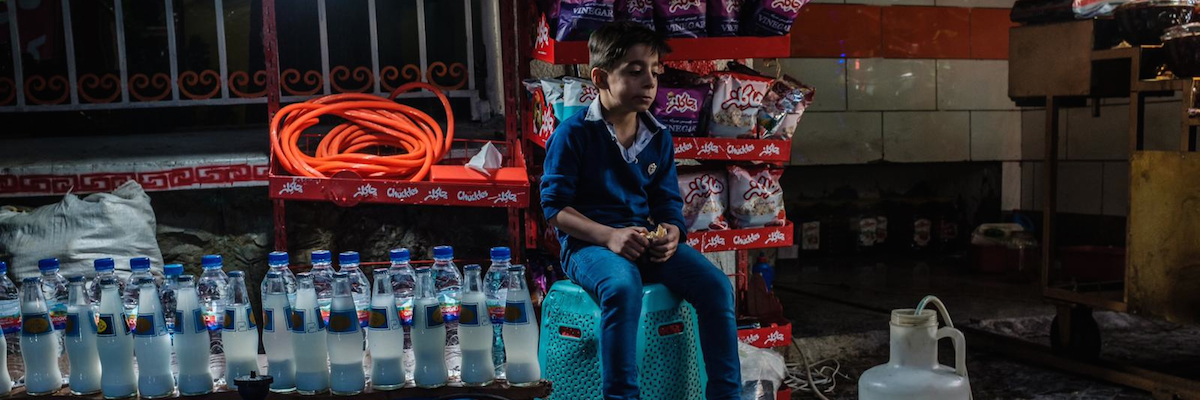India’s Iran Port Plans Languish Despite US Waiver
A year has passed since the US reimposed sanctions on Iran. During this time, the Trump administration exempted India’s investments in the Iranian port of Chabahar from sanctions in order to protect India’s strategic interests. Despite this accommodation, recent government data suggests that no new Indian investments have been made in the port project in the last two years.
Foreign aid expenditure figures released in July by the re-elected Modi government show that India has not spent any of its allocated funds for Chabahar since 2017. There is a conspicuous absence of spending even though roughly USD 20 million (150 crore rupees) was set aside each year. The government has now allocated a significantly lower, and perhaps more realistic, USD 6 million for the current year.
These figures confirm reports that India’s ambitions for Chabahar had hit a stumbling block even before Trump withdrew from the JCPOA nuclear deal. Evidently, the sanctions waiver has not been of much use either.
India’s Chabahar Ambitions
Indian prime minister Narendra Modi, now in his second term, has declared regional connectivity as a primary foreign policy goal and injected momentum into major initiatives to India’s east and west. A part of this was certainly driven by the state’s concerns about China’s own mammoth connectivity drive—the Belt and Road Initiative (BRI)—that runs through its immediate neighborhood and traditional sphere of influence. The project ideas themselves, however, pre-date the BRI.
The main regional connectivity project to India’s west is the Iran-India-Afghanistan transit initiative that hinges on the development of the Chabahar port along with road and rail links connecting it to Afghanistan. With Pakistan denying land access to India, New Delhi intends to use Chabahar to engage with the Afghan market and support Afghanistan’s trade and economic development.
Four years after Modi injected fresh momentum into the project, development at Chabahar has been slow—largely owing to US sanctions against Iran.
As per Iran’s original four-phase development plan, India was to invest USD 85 million to upgrade, equip, and operate two terminals on a ten-year lease. Indian prime minister Narendra Modi and Iranian President Hassan Rouhani oversaw the signing of this contract in May 2016 during the former’s visit to Iran.
Subsequently, Iran upgraded existing port infrastructure as per their agreed first phase of development. This upgraded port was inaugurated in December 2017 with great fanfare. The following year, India took over operations of the port but not much else went according to plan.
Ambitions vs. Reality
When it comes to sanctions, talk is never cheap.
Statements are more than enough to spook companies, heighten risk-aversion, and add further costs to proposed ventures. This was the case for Chabahar as early as Trump’s election campaign, long before the US president violated the nuclear deal.
The Indians first faced an investment chill at home. The Chabahar project calls for a private Indian firm to come on board as a strategic partner to manage, operate and maintain the port for ten years. The government entity created to oversee India’s foreign port projects—India Global Ports Limited (IGPL)—held two bidding rounds since 2016 with no result. It is now rewriting the terms a third time. Given the delay, the Indians signed on an Iranian firm (Kaveh Port and Marine Services) in the interim to take over operations.
A second task was to equip the port. European firms were Iran’s first preference but predictably after Trump’s win, they showed little-to-no interest in equipment bids. This left India with no choice but to work with Chinese firms. Interestingly, a Chinese company that won a bid to supply cranes in 2017 is blacklisted within India. Recent reports in the Indian media now suggest that some of these companies are reluctant to deliver equipment. Again, an environment of fear and uncertainty remains despite the US exemption.
A third aspect is the larger regional project on connectivity between India, Iran, and Afghanistan. As things stand, all parties are working with existing port infrastructure, roadways and operational capacity on this transit project. The route was tested successfully in October 2017 when Indian shipments of wheat arrived at Chabahar from Kandla (Gujarat) and made their way into Afghanistan. There is much left to be done, including the building of a new railway route, but Trump’s sector-specific sanctions pose new complications.
Making Do and Muddling Through
Three years on, Chabahar’s progress does not match India’s original expectations and Trump’s exemption has proven to be inadequate.
This project was touted to be India’s first foreign port development endeavour. For many assessing New Delhi’s record on infrastructure development abroad, the Chabahar project is no longer a useful indicator. It continues to rely heavily on stopgap measures with neither Indian nor foreign companies coming on board. It was a venture that New Delhi could have fought harder to preserve. But the reality is that it chose not to—a decision that merits an entirely separate discussion on the nuances of the India-US partnership and Iran’s reduced place in it.
All signs today point to the stakeholders behind the Chabahar project muddling through with what exists on the ground in Iran. As one Indian official involved with the project since its origins lamented, “This was not what we hoped to achieve. Chabahar is only about photo-ops now, not substance.”
Photo; Logiscm.ir




